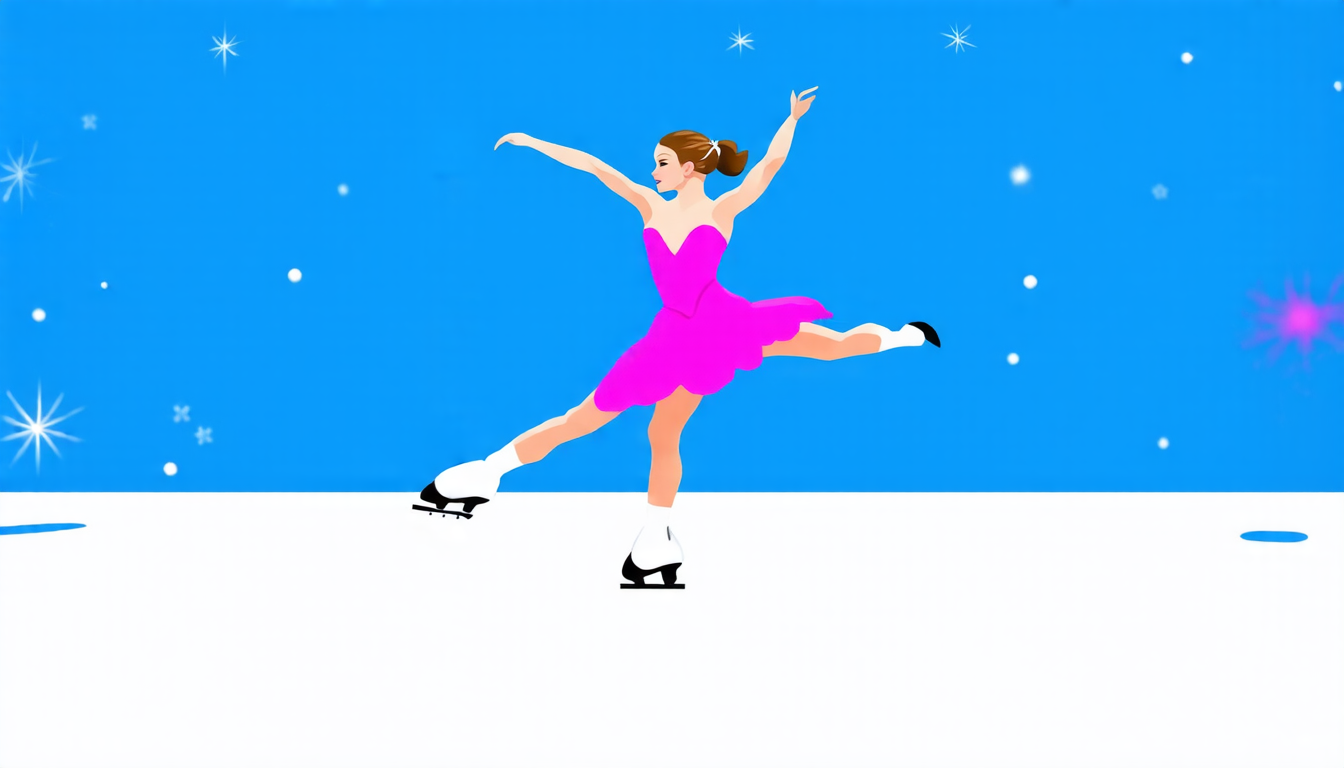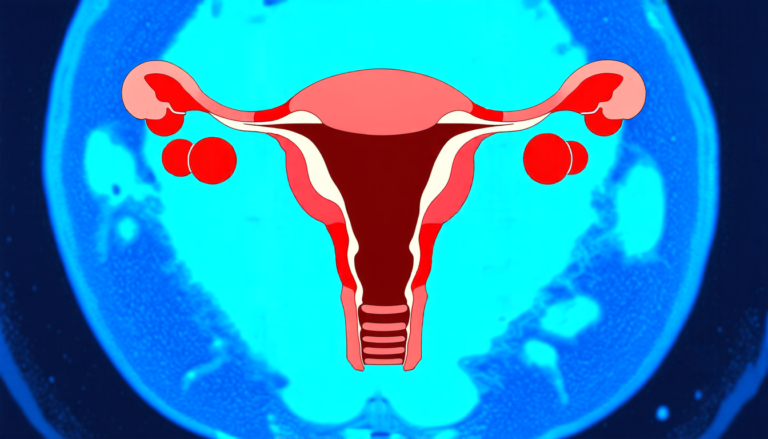Saturday 13 September 2025
Have you ever watched a figure skater perform a flawless triple axel jump, only to wonder how they managed to execute such a complex and precise movement? For years, researchers have been trying to crack the code of human movement, particularly in sports that require intricate actions like figure skating. Recently, scientists made a major breakthrough in understanding and analyzing these movements.
The new system, called View-Invariant and Figure Skating-Specific Pose Representation Learning (VIFSS), uses 3D pose data from cameras and inertial measurement units to identify specific jump procedures in figure skating. This is a significant improvement over previous methods that relied solely on 2D video analysis or human annotation.
To develop VIFSS, researchers collected a large dataset of figure skaters performing various jumps, including the Salchow, toe loop, and flip. They then used machine learning algorithms to create a pose representation model that can recognize specific jump procedures from the 3D data.
The team tested their system on a series of challenging tasks, such as identifying the type of jump performed by a skater, recognizing the timing of jumps, and even detecting errors in jump execution. The results were impressive: VIFSS outperformed traditional methods in all areas, with accuracy rates reaching up to 89%.
The implications of this research are far-reaching. For one, it could revolutionize sports analytics, allowing coaches and athletes to analyze their movements more accurately than ever before. In figure skating, this means that skaters can fine-tune their technique to improve performance and reduce the risk of injury.
Moreover, VIFSS has broader applications in fields like robotics, computer vision, and human-computer interaction. By understanding how humans move and execute complex actions, researchers can develop more sophisticated robots and virtual assistants that can interact with us in a more natural way.
The development of VIFSS is a testament to the power of interdisciplinary research, combining expertise from computer science, machine learning, and sports analytics. As scientists continue to push the boundaries of what’s possible, we can expect even more innovative applications of this technology in the future.
In the world of figure skating, precision and control are everything. With VIFSS, researchers have taken a significant step towards unlocking the secrets of human movement, paving the way for new breakthroughs in sports analytics and beyond.
Cite this article: “Cracking the Code: A Breakthrough in Analyzing Human Movement”, The Science Archive, 2025.
Figure Skating, Machine Learning, Pose Representation, 3D Pose Data, Inertial Measurement Units, Camera Systems, Sports Analytics, Robotics, Computer Vision, Human-Computer Interaction







